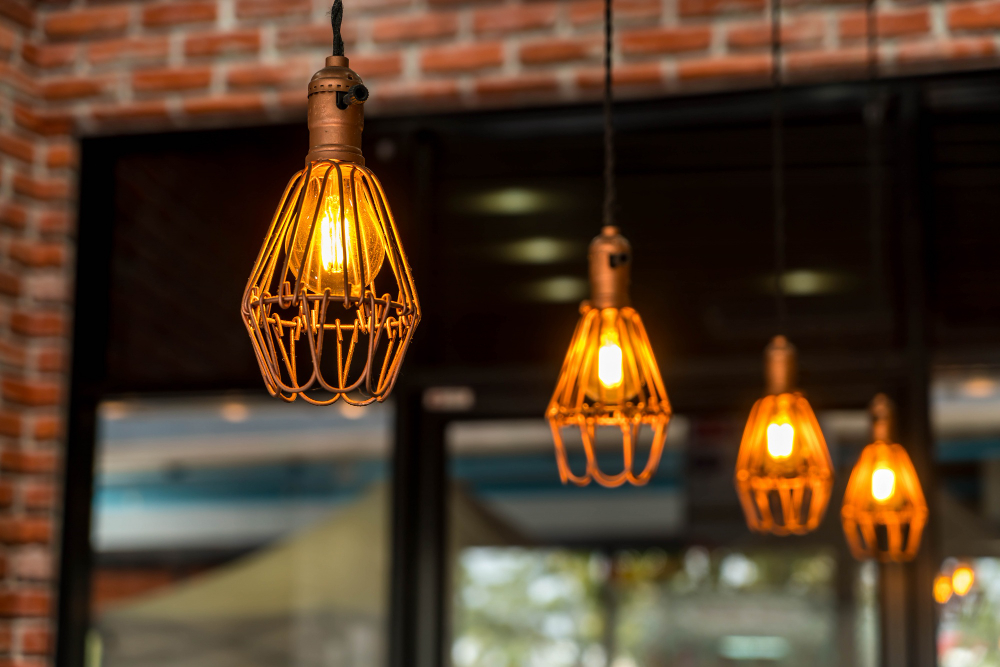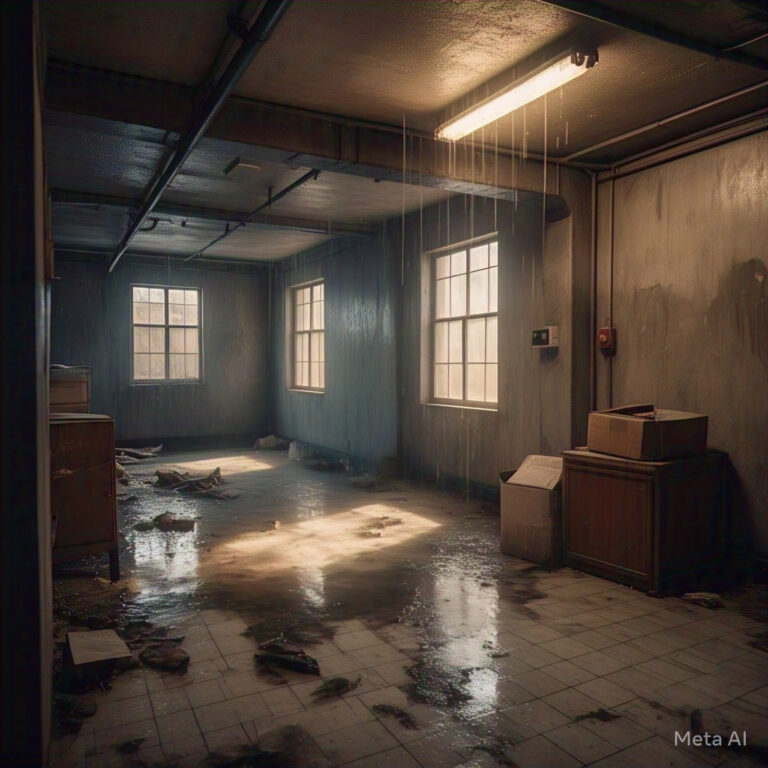One of the main distinctions between a lovely, bright, and elegant home and a gloomy, dark one is good lighting. If a space is poorly lighted or uncomfortable bright (like the lighting you may encounter in a hospital or at the dentist’s office), then all of your decorating efforts will be for nothing. Additionally, if you don’t have the resources or the time to remodel a space entirely, even simply picking the proper lighting may make a significant difference. Getting the lighting correct from the beginning is crucial since it’s also important for setting the mood and ambiance of a living area.
I consulted interior design lighting specialists John Cullen Lighting for their finest advice and tactics for lighting each room in the house because lighting is one of the most undervalued (but crucial) components of effective interior design. After all, designing stunning interiors that cannot be completely appreciated is pointless.
First, there are a few different types of lighting to comprehend;
Accent lighting
Accent lighting is frequently utilised as a kind of spotlight to highlight sculptures, plants, or other ornamental items like paintings.
Task lighting
Task lighting can be found above kitchen counters or kitchen islands where you might be chopping, as well as desk lamps, reading lamps in bedrooms, floor lamps in nooks of living rooms, above mirrors in bathrooms and anywhere you might shave or put on makeup, and in any other area of the house where light is required to perform a task.
Mood lighting
By using a variety of light hues, tones, and brightness levels, this is done to set the tone or atmosphere. Dimmer switches should be used in living areas, bedrooms, and dining rooms, among other places.
How to light a living room
The living room is one of the most used rooms in a house and is frequently used for entertainment as well as a place to unwind, so it’s crucial to create the perfect balance in there. To achieve the ideal balance, it’s important to combine fixed lighting fixtures like spotlights, chandeliers, or pendant lamps with complementary lighting in the form of job lighting (like a floor lamp) and/or accent lighting (like downlighting on the fireplace or the drapes). Of course, a dimmer switch is a necessity.
1. Downlighting
Positioning downlights so that they are directed towards the drapes, artwork, and any joinery will help the room feel more spacious by reflecting light off of the joinery and draperies. A grid of downlights should never be used because they just help to make a space appear uninteresting and flat. For a downlight with little glare and high colour fidelity, use a Polespring LED.
2. Uplighting
A layer of tiny, discrete uplights can lend a wonderful touch to window reveals or fireplaces if you are unable to recess into a ceiling or if you want to make a true statement.
Don’t be hesitant to employ these in older, more traditional properties as well. A simple uplight addition can frequently enhance the original architectural elements, and their understated size never distracts from the main focal point.







